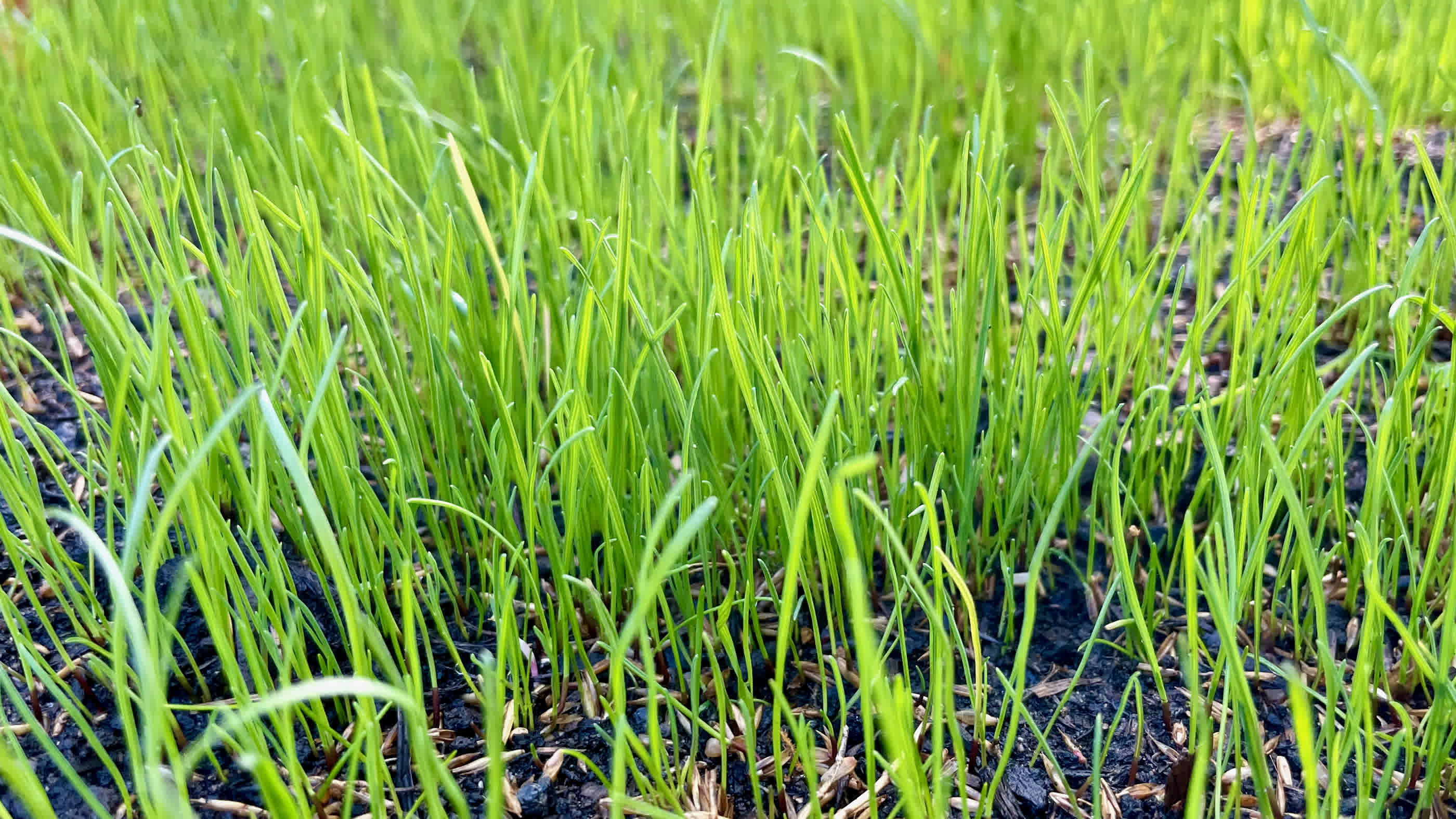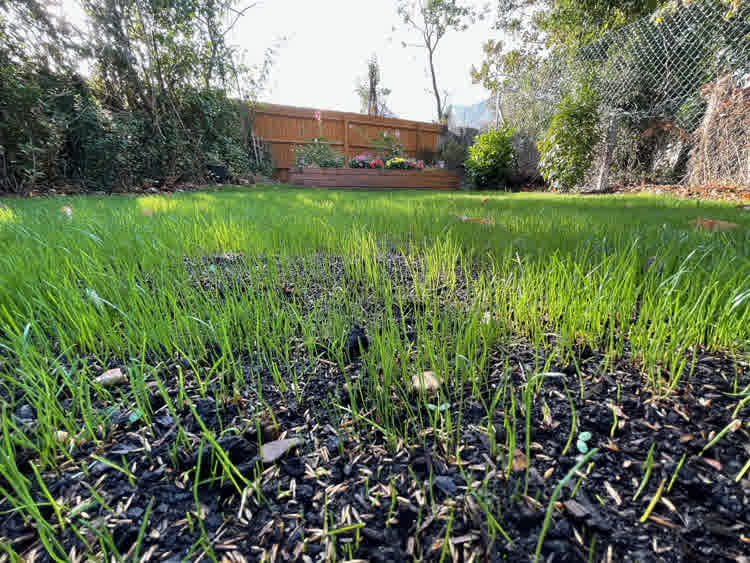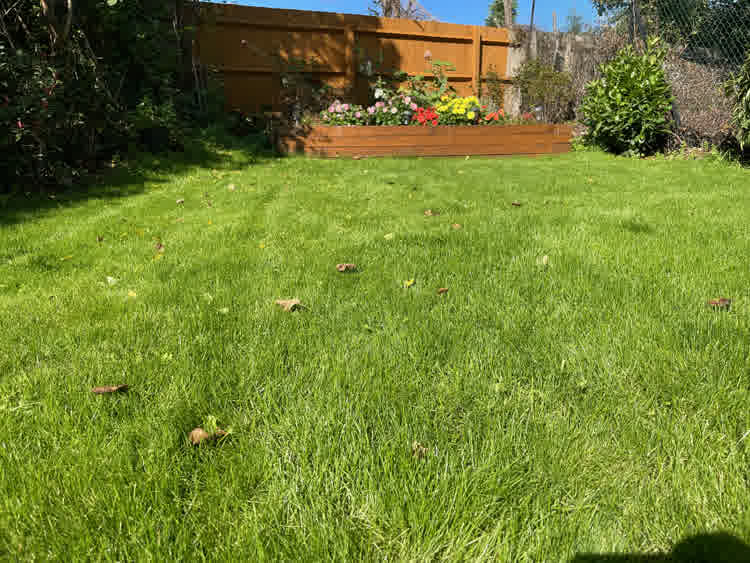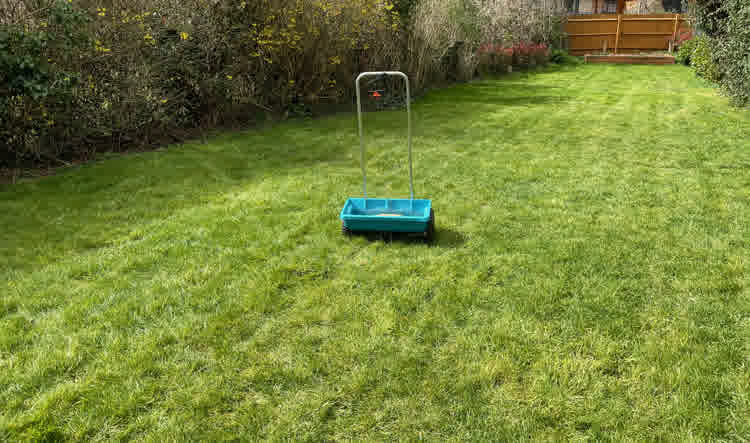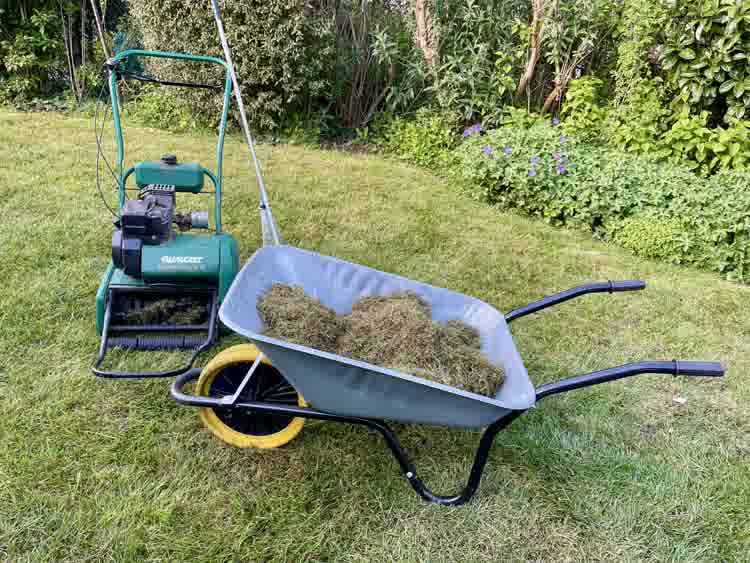When is the Best Time to Sow Grass Seed?
Grass seeds can be sown anytime from mid-spring to mid-autumn, but for sowing a new lawn from scratch, the ideal time is early autumn.
During this time, the soil retains heat from the summer months and rainfall is typically more abundant, which helps to keep the ground moist.
Additionally, the young grass will have ample time to grow and strengthen its root system throughout the winter months.
Ideally, the average daytime temperature should be around 12°C for the grass seeds to germinate.
Most grass seed blends typically take between 7-10 days to germinate, but some fast-growing blends can show visible growth in as few as 4 days.
Which type of grass seed should I sow?
There are many different varieties of grass, and choosing the right seed blend is crucial for your particular use.
A multi-purpose or general-purpose seed mix is perfect for areas with frequent footfall, including areas used for family activities, by pets and general wear.
These typically consist of perennial ryegrass with some fine or red fescue.
Seed mixes for shade can vary. Some are suitable for areas with light, dappled or partial shade, with some blends suitable for growing in deeper shade.
These typically consist of fescue grasses, such as red fescue and chewing fescue.
Luxury or fine mixes are suitable for ornamental lawns that do not receive much footfall.
Ornamental lawns will generally require more maintenance, and these grass blends should be suitable for low-height mowing and achieving those all-important lawn stripes.
These typically consist of fescues, such as strong creeping red fescue, and chewing fescue. Browntop is also commonly included in the blend.
